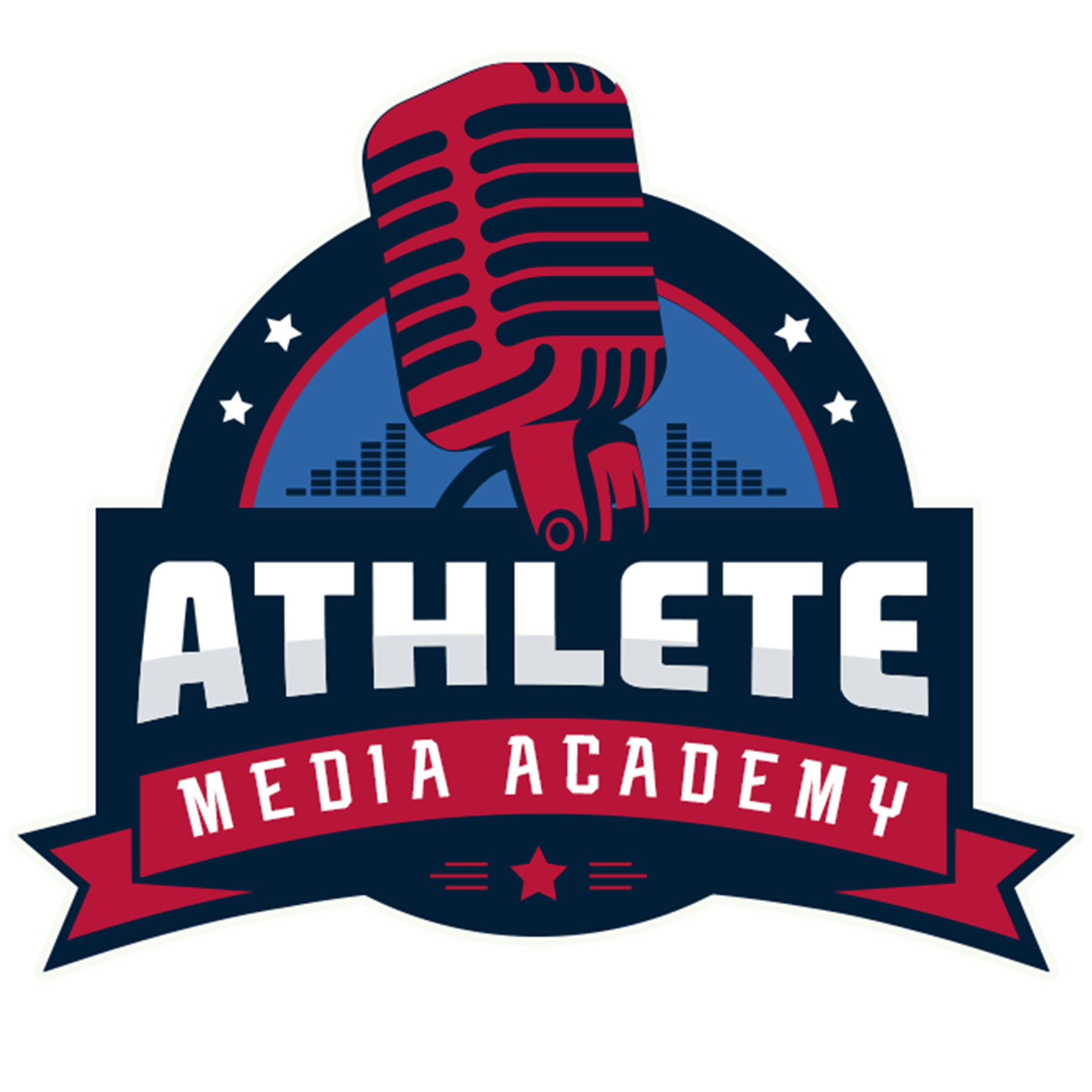Section 3, Lesson 1 – Mastering Body Language for On-Camera Presence
Lesson Overview
Body language plays a crucial role in how athletes are perceived during media interactions. On-camera presence is not just about what you say but how you say it. The way athletes carry themselves can enhance credibility, engagement, and audience connection. This lesson explores the fundamentals of effective body language, including posture, facial expressions, gestures, and eye contact, to help athletes feel and appear confident on camera.
Learning Objectives
By the end of this lesson, athletes will be able to:
✅ Understand how body language impacts media presence and audience perception.
✅ Use posture, gestures, and facial expressions to convey confidence.
✅ Maintain strong eye contact to establish trust and engagement.
✅ Avoid common body language mistakes that can undermine their message.
Section 1: The Importance of Body Language in Media
Strong body language helps athletes:
✔️ Build Credibility: Audiences are more likely to trust confident speakers.
✔️ Enhance Message Delivery: Nonverbal cues reinforce verbal communication.
✔️ Increase Engagement: Effective gestures and expressions keep viewers interested.
✔️ Maintain Professionalism: Proper posture and poise project a polished image.
Section 2: Posture & Presence
Maintaining good posture conveys confidence and professionalism.
✔️ Sit or Stand Tall: Keep shoulders relaxed but upright. Avoid slouching.
✔️ Balanced Positioning: Keep feet shoulder-width apart when standing.
✔️ Open & Relaxed Stance: Avoid crossing arms, which can appear defensive.
✔️ Controlled Movements: Minimize fidgeting or unnecessary shifting.
🔹 Activity: Practice sitting and standing in a mirror or on video to assess and refine posture.
Section 3: Facial Expressions & Eye Contact
Facial expressions and eye contact significantly influence audience perception.
✔️ Engaged & Expressive: Use natural expressions that align with the message.
✔️ Steady Eye Contact: Look at the camera or interviewer to maintain connection.
✔️ Smile Strategically: A genuine smile conveys warmth and approachability.
✔️ Avoid Over-Intense Stares: Balance eye contact with natural breaks.
🔹 Exercise: Record yourself answering a simple question and review facial expressions and eye contact for improvement.
Section 4: Effective Gestures & Movement
Gestures should be purposeful and support verbal messages.
✔️ Use Open-Hand Gestures: Helps convey openness and honesty.
✔️ Avoid Overuse: Excessive gestures can be distracting.
✔️ Anchor Movements: When standing, maintain controlled and intentional gestures.
✔️ Mirror Natural Behavior: Move as you normally would in a conversation.
🔹 Activity: Watch a video of a skilled speaker and analyze how they use gestures effectively.
Section 5: Common Mistakes & How to Avoid Them
Mistakes in body language can undermine an athlete’s message. Common errors include:
❌ Slouching or Leaning Back: Appears disinterested or unprofessional.
❌ Crossing Arms: Can seem closed off or defensive.
❌ Excessive Fidgeting: Distracts from the message.
❌ Looking Away Too Often: Reduces audience connection.
🔹 Exercise: Practice delivering a statement while avoiding these common mistakes. Get peer feedback.
Final Takeaways & Next Steps
Mastering body language is essential for strong on-camera presence. Athletes who control their posture, expressions, and gestures project confidence and credibility, making their media interactions more impactful.
✅ Next Steps: Record a short video statement and review body language elements. Seek feedback and refine as needed.

